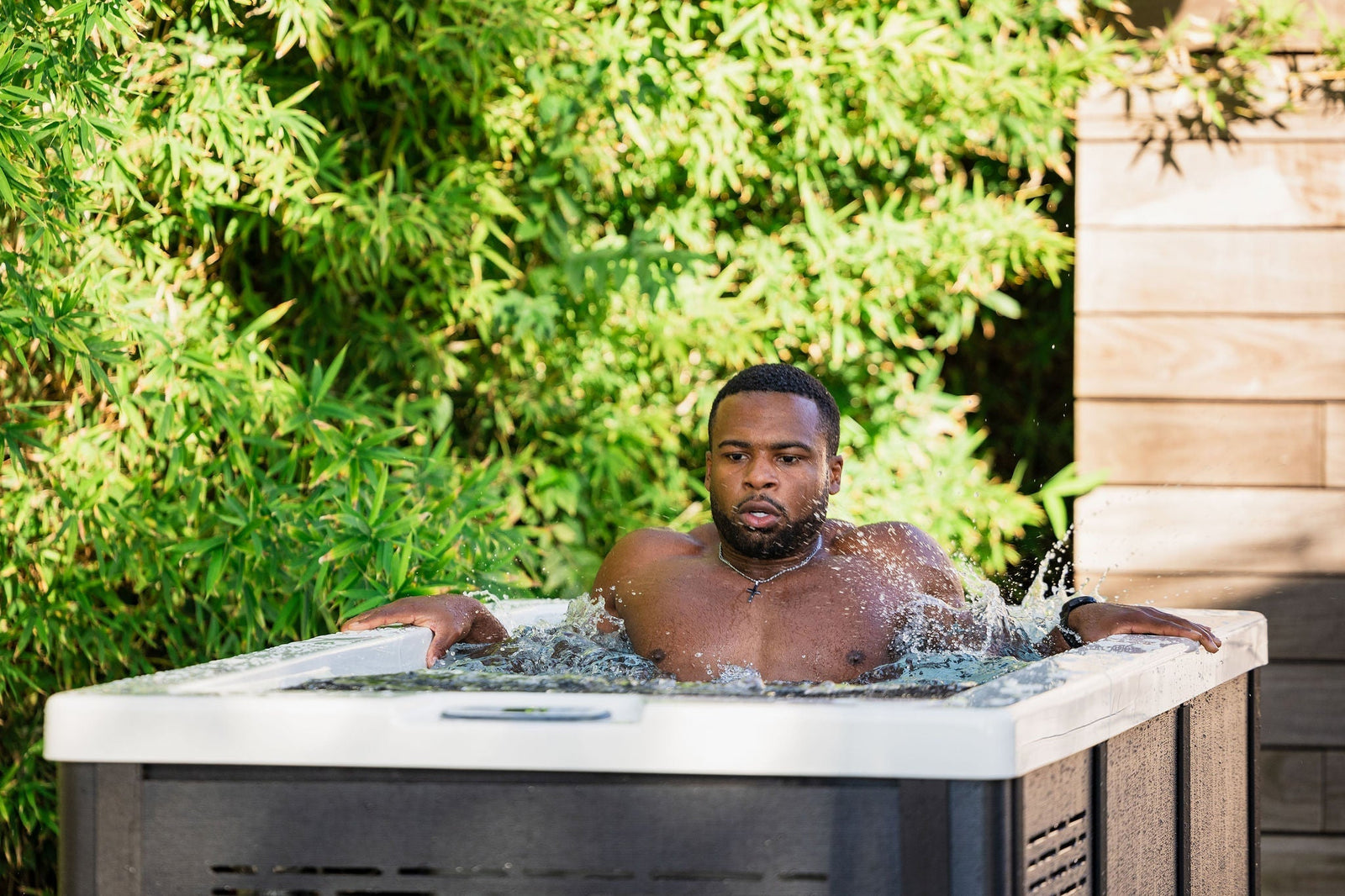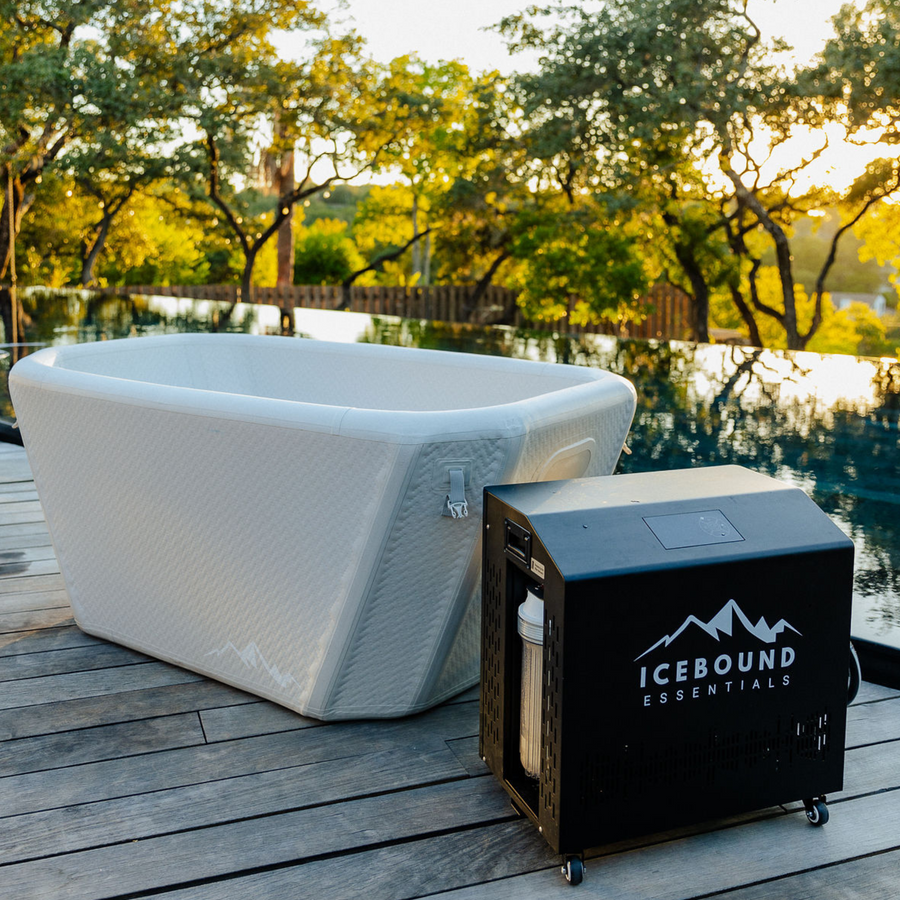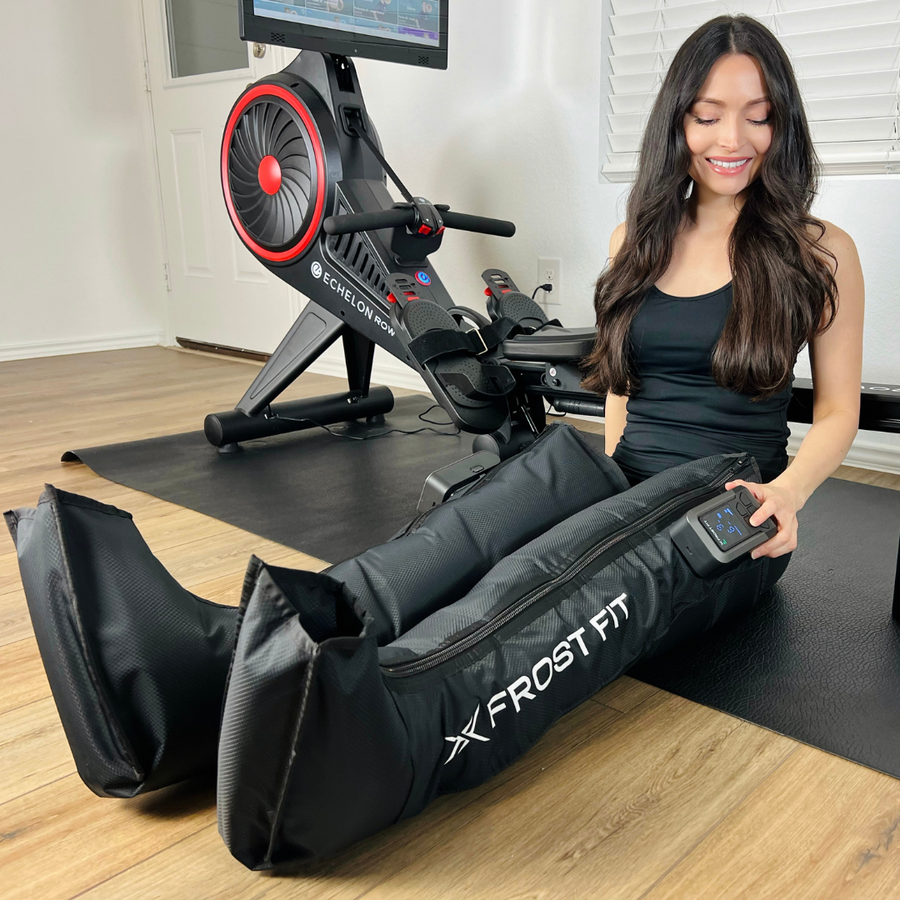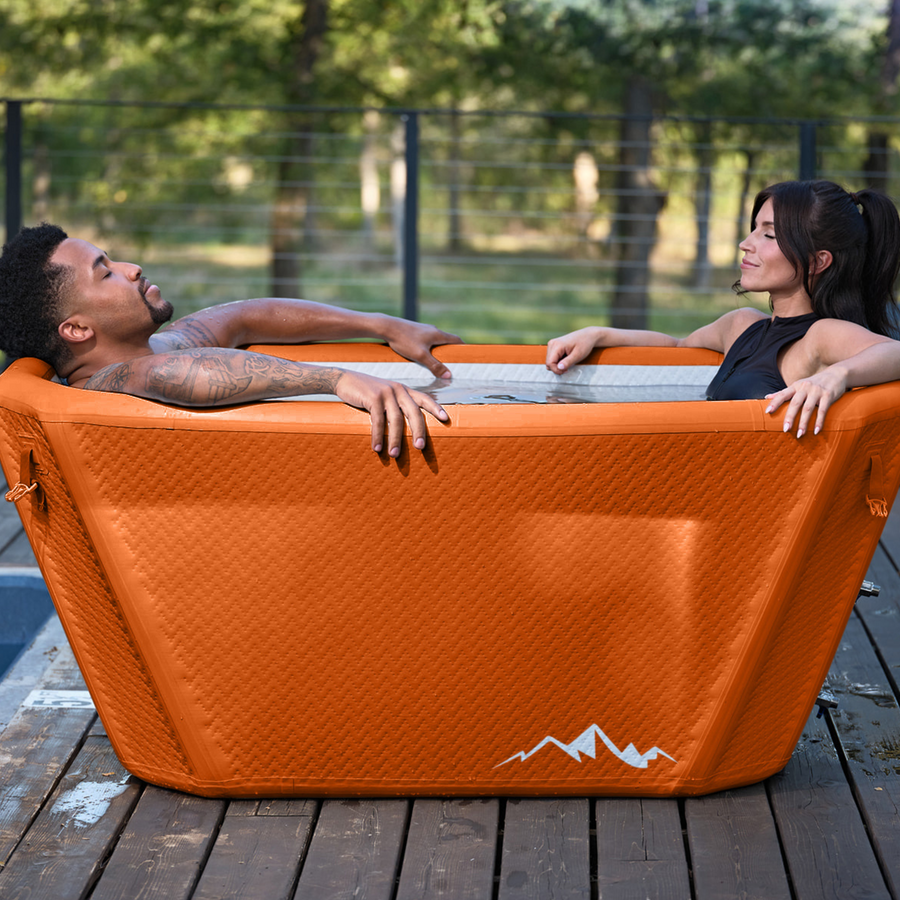Should You Ice Bath Before or After a Workout? Timing for Recovery

Should You Ice Bath Before or After Your Workout? A Realist’s Guide to Cold Plunges
Picture yourself stepping out of a killer workout—heart pounding, muscles humming, sweat still soaking your tee. Everyone’s talking about ice baths these days: “They’ll zap soreness!” “They speed recovery!” But here’s the catch: dive in at the wrong moment, and you could actually stall your gains instead of supercharging them.
If you’re carving out the time to dunk yourself in chilly water, it’s worth knowing what’s really happening under your skin—and when you should take that icy plunge for the results you actually want.
What’s a Cold Plunge, Really?
At its simplest, a cold plunge (or cold-water immersion) means settling into water somewhere between about 37°F and 60°F for a few minutes. No, you won’t freeze solid—it’s more like giving your body a jolt that kicks every system into gear:
-
Blood-vessel squeeze: Vessels tighten to protect your core, sending more warm blood to vital organs.
-
Heart-and-lungs workout: Your heart rate and breathing spike as your body fights the chill.
-
Metabolic roar: Everything revs up to keep you warm.
-
Hormonal flood: Adrenaline and norepinephrine surge, sharpening your mind and even dulling pain.
Why Ice Baths Feel So Good (And What They Do)
-
Less inflammation
By cooling down inflamed tissue, ice baths can dial back the soreness you feel after a hard session. -
Circulation boost
When you finally warm up again, those squeezed-then-released vessels act like a pump that flushes toxins and waste out of your muscles. -
Instant pain relief
Cold numbs nerve endings—useful if you’re stiff, achy, or just need a quick pick-me-up. -
Quicker bounce-back
With inflammation under control and fresh blood flowing, you’re often ready to hit another workout sooner.
Before vs. After: Timing Your Plunge
Ice First, Workout Second?
Pros:
- Great for training in hot weather—dropping your core temp early lets you push harder once the sweat starts flying.
- That cold shock can feel like an espresso shot for your nervous system: sharpens focus, energy, even mood.
Cons:
- Cold muscles can’t fire as explosively. Think weaker lifts, slower sprints and jumps, and a general loss of power.
Bottom line: A pre-workout plunge is handy if you’re battling high heat or need a wake-up jolt—not if you’re chasing max strength or speed.
Workout First, Ice Next?
Pros:
-
Immediate relief from that post-session ache.
-
Helps you recover fast—handy if you’ve got back-to-back training or a tournament schedule.
Cons:
-
Nixes some of the inflammation that actually signals your body to build muscle.
-
Studies show regular cold dips right after lifting can blunt gains in strength and size over time.
Bottom line: If your goal is raw muscle growth, save the plunge for hours later—or on rest days. If you’re in competition mode and need rapid recovery, it’s a fair trade.
Matching Your Goal to Your Timing
-
Build strength or size? Skip the post-lift ice bath. If you must plunge, wait a few hours or pick a non-training day.
-
Race, game day, multi-session athlete? A post-event dip can sharply reduce soreness so you feel fresher for the next round.
-
Stress relief, mental boost, general health? Take it whenever it fits your schedule—just be aware of the slight hit to training adaptations if you do it right after lifting.
A Few Practical Tips
-
Start small: Begin with 1–3 minutes; work up to 10–15 minutes as you get used to it.
-
Aim for 48–60°F: Enough to challenge you, not freeze you.
-
Limit frequency: Twice or three times a week is plenty for most.
-
Listen to your body: If you feel dizzy, overly fatigued, or develop shivering that won’t quit, get out and warm up.
Safety First
If you have heart issues, blood-pressure concerns, or other medical conditions, chat with a healthcare pro before plunging.
Beyond the Ice: Other Recovery Tools
Cold baths aren’t the only game in town:
-
Massage or foam rolling can ease tight spots.
-
Active cool-downs and stretching help clear out waste products.
-
Solid nutrition and sleep remain your best recovery foundation.
-
Compression gear can reduce swelling and perceived fatigue.
-
Heat therapy—saunas or warm baths—complements cold work by boosting circulation in different ways.
The takeaway? Ice baths can be a powerful tool—if you use them at the right time for your goals. They’re not a one-size-fits-all magic bullet. Think of them as part of a broader recovery toolbox: when you dive in strategically, you’ll squeeze out every bit of benefit without undermining your hard-earned gains.
Ready to experiment? Start your cold plunge recovery routine conservatively, note how you feel, and adjust your timing to match your personal goals—be that muscle growth, speedy tournament-style recovery, or simply a mental edge. The cold never bothered you anyway… until you time it right.





Leave a comment